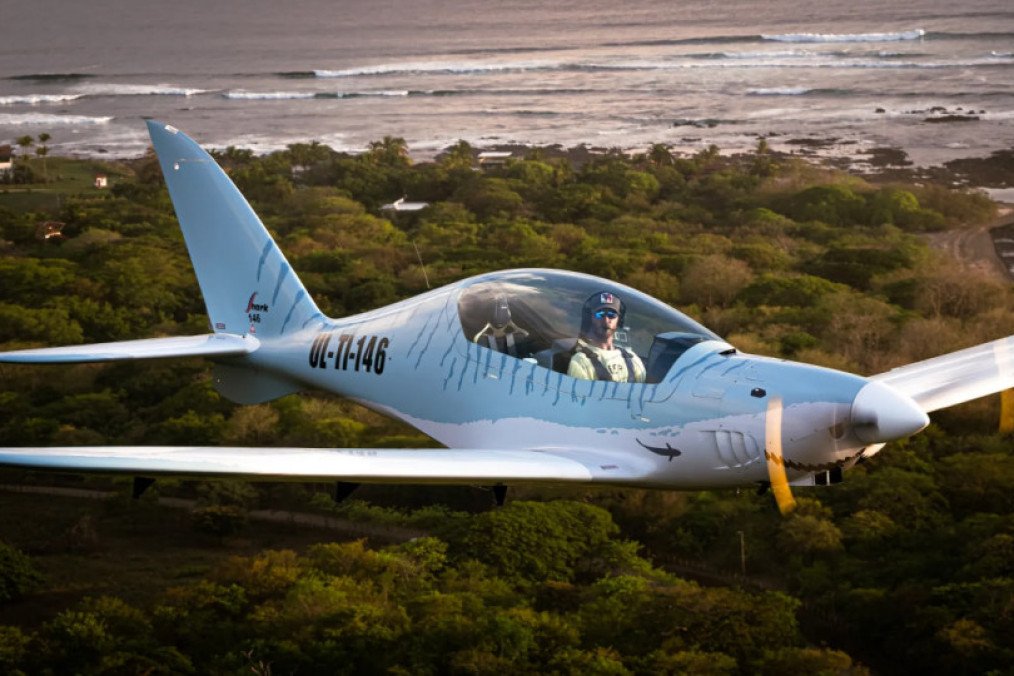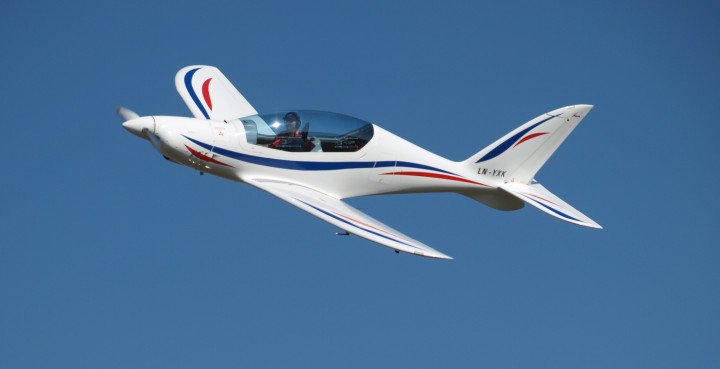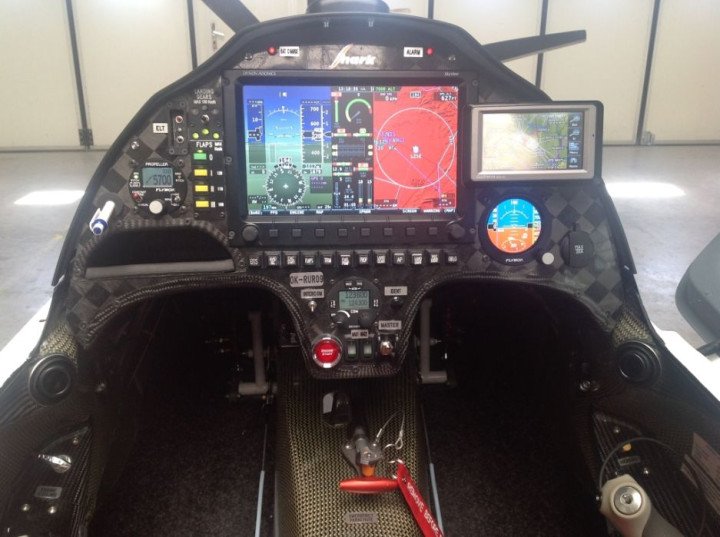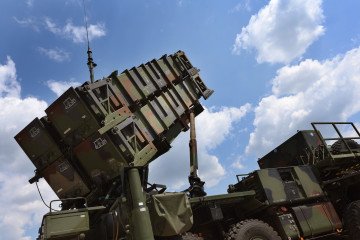- Category
- Latest news
Ukraine Deploys New SHARK Aircraft With Electronic Warfare System to Jam Russian Drones

Ukraine has acquired its first SHARK light aircraft equipped with an anti-drone electronic warfare (EW) system, developed by the Slovak-Czech company SHARK.AERO.
The aircraft was presented during the 2025 Paris Air Show, where a representative of the company confirmed the delivery and outlined its intended role in countering hostile UAV threats.
According to Militarnyi on June 23, the SHARK is a two-seat light aircraft modified for electronic warfare operations. It is fitted with a detection antenna capable of identifying electromagnetic signatures of drones such as the Iranian-made Shahed and Russia’s Orlan.
Once detected, onboard jamming systems are activated to disrupt drone guidance and communication channels.
According to SHARK.AERO, the EW payload includes two primary components: one targets the suppression of GNSS positioning signals, while the other jams video transmission and control systems. The equipment is housed in a container mounted under the aircraft’s fuselage, positioned at the center of mass to ensure flight stability.
When flying at an altitude of 1,800 meters, the SHARK’s EW systems can affect hostile drone operations within a 4.5-kilometer radius. While many drones are equipped with inertial navigation systems as a backup, these systems accumulate errors over time.
Persistent EW interference during flight can cause significant deviation from the intended target, even if full control is not lost.

The aircraft is powered by a 100-horsepower Rotax engine with a carburetor and features an enhanced generator to support the electronic systems. It has a cruising speed of 270 km/h and a maximum speed of 300 km/h. The SHARK’s standard flight range is 2,000 kilometers, and it can remain airborne for up to 12 hours in an economy mode.
The aircraft is also equipped with a whole-aircraft parachute system for emergency landings, which can be activated by either the pilot or co-pilot. It has a maximum operational ceiling of 5,500 meters (18,000 feet) and includes an onboard oxygen generator to support high-altitude flights.
Commenting on the deployment, Commander-in-Chief of the Armed Forces of Ukraine, Colonel General Oleksandr Syrskyi, emphasized the strategic role of light aviation in countering UAV threats.

He noted that such systems are being procured with the support of international partners and are part of broader efforts to modernize Ukraine’s defensive capabilities.
“One of the promising directions in combating Shahed drones is the use of light aircraft,” Syrskyi said. “We already have such aviation assets and new projects underway thanks to financial and material assistance from our partners. These modern platforms are equipped with advanced navigation and weapon systems, which will enhance the effectiveness of counter-drone operations.”
Earlier on May 25, Dutch Defense Minister Ruben Brekelmans confirmed that the Netherlands will deliver its final F-16 fighter jet to Ukraine on May 26, completing the transfer of all 24 promised aircraft. He also noted ongoing pilot and technician training, as well as support to align Ukraine’s military with NATO standards.



-111f0e5095e02c02446ffed57bfb0ab1.jpeg)

-72b63a4e0c8c475ad81fe3eed3f63729.jpeg)

